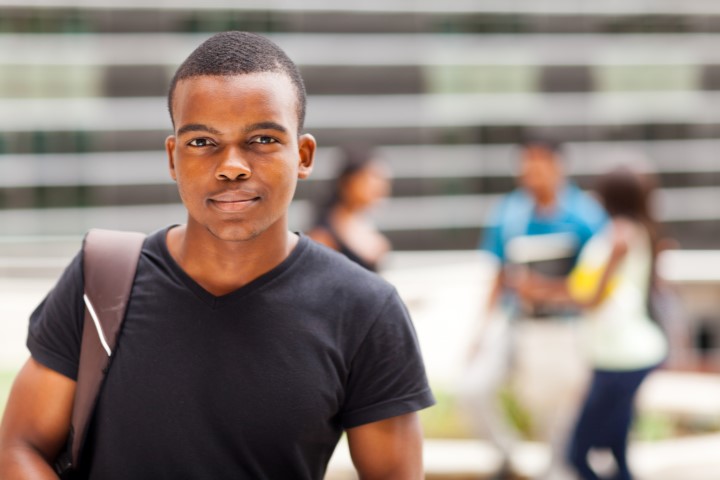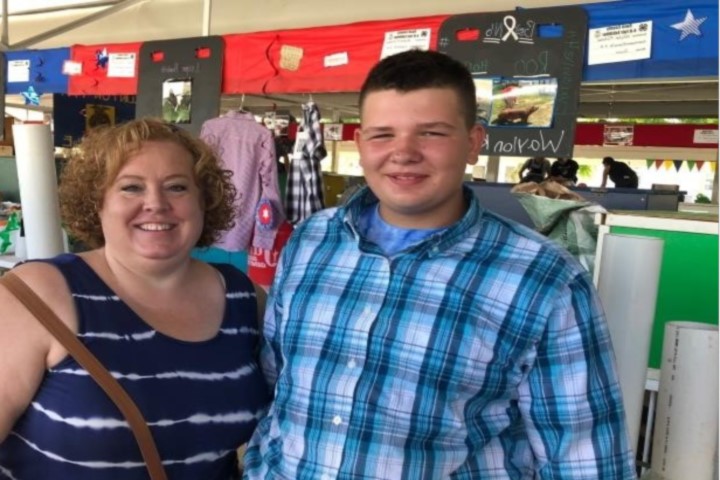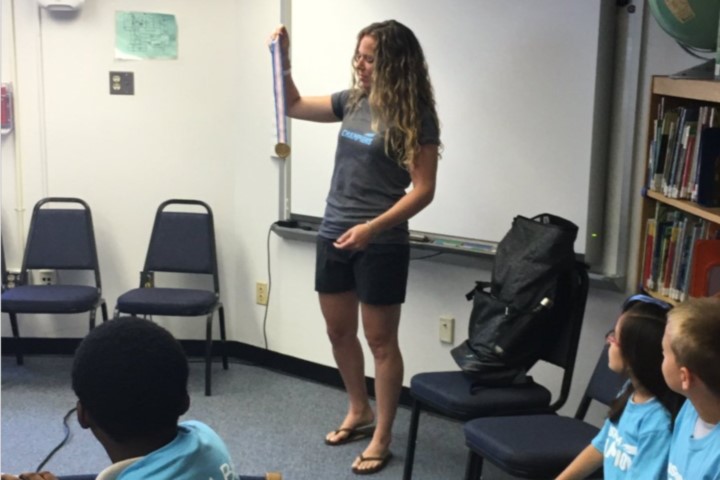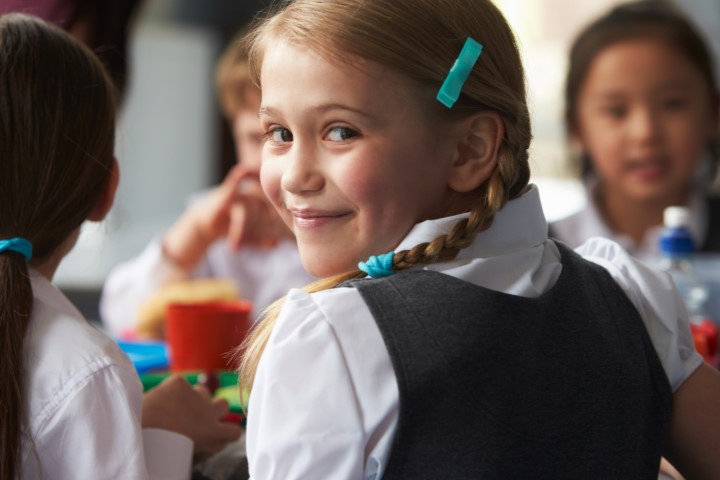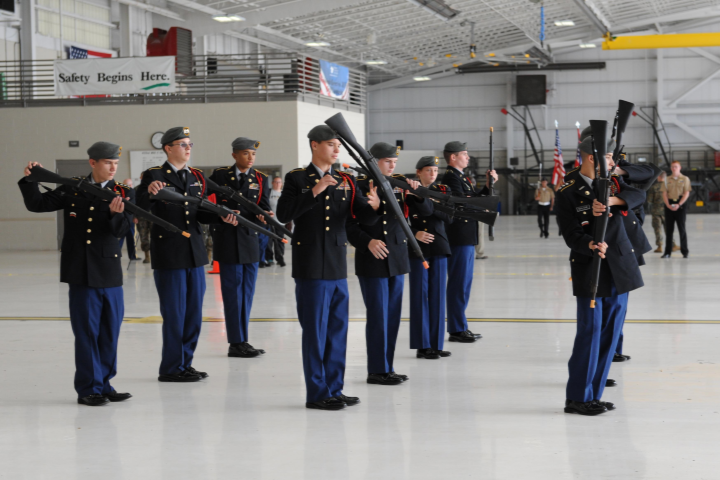Schools across the country, and California as well, are rethinking school discipline in an effort to reduce suspensions for black students, both through restorative justice programs and policy changes focused on keeping unruly students in school.
Supporters of the new approach have pointed to evidence in suspension data in calls on U.S. Education Secretary Betsy DeVos to continue policies designed to reduce the racial discipline gap, while others are outlining nuances in discipline data to understand contributing factors, The 74 Million reports.
“So much of the debate centers on whether schools are being too dismissive or overly punitive, and factors like school structure, which data show correlates to suspension rates, tends to get overlooked,” Tom Loveless, an education policy researcher for the Bookings Institution, told the education site.
Loveless published a report in 2017 on out -of-school suspensions in California schools that examined trends between 2012 and 2015. The study focused on students in schools with more than 50 students, and excluded data from alternative schools, juvenile delinquent facilities and those serving students with disabilities.
According to The 74, Loveless found:
– Among schools that suspend a disproportionate number of black students, school size tends to correlate with suspension rates. The rates of suspensions for black students went up as school size increased.
– Suspension rates for black students tend to peak in middle school and then fall in high school.
– Black students are more likely to be suspended when they attend segregated or “racially isolated” schools than when they attend majority-white or mixed-race schools.
Loveless and other education experts are only starting to understand what the trends mean, but it’s obvious that the structure of schools have an impact on outcomes.
“Loveless’s research suggests there are factors within school districts’ control that impact suspension rates but have little to do with actual discipline policies,” the education site reports. “One factor is school size, particularly middle schools. Loveless noted that school size could be adjusted by reassigning students to different schools or building new ones.”
Another factor that’s less researched is students’ character formation.
James Davison Hunter, founder of the Institute for Advanced Studies in Culture, highlighted the critically important role schools play in shaping the morality and character of students in his book “The Tragedy of Moral Education in America.”
“The components of morality are expressed in a community’s institutions, including its moral rules,” Hunter wrote. “When it functions well, our moral culture binds us, compels us, in ways of which we are not fully aware.”
Schools with a strong moral culture compel students to show kindness and compassion for their classmates, teachers and others, which reduces disciplinary problems.
The Community School for Social Justice and others are working to create that kind of atmosphere with restorative justice practices, such as fairness committees in lieu of suspensions. However, restorative justice does not the offender off the hook.
“The Fairness Committee of The Community School for Social Justice is a restorative justice model of school discipline. This mode enforces positive conflict resolution, emphasizing on the violation of community norms established by all members of the school community,” according to the school website. “Fairness Committee seeks to encourage dialogue amongst community members in order to come to reach a consensus on appropriate consequences for those violations rather than handing out punishments.”
